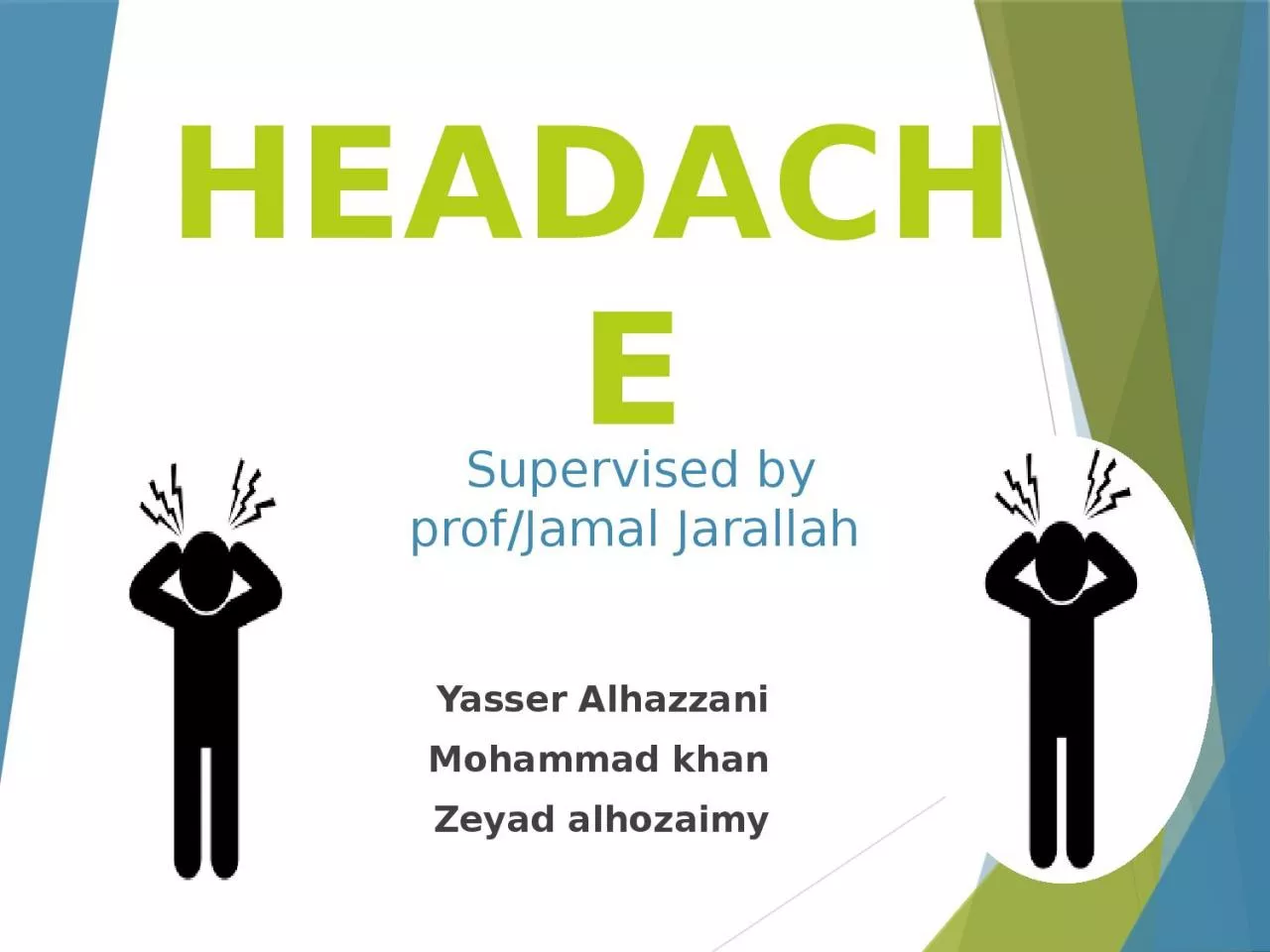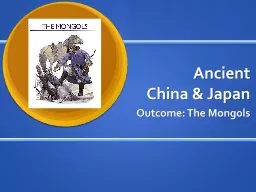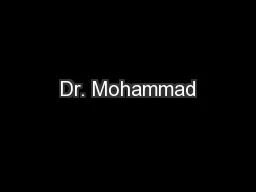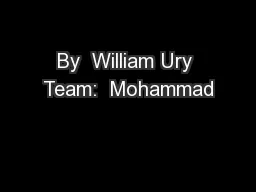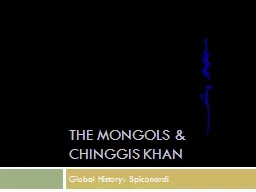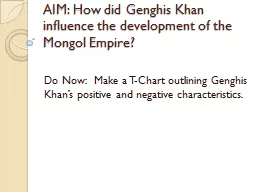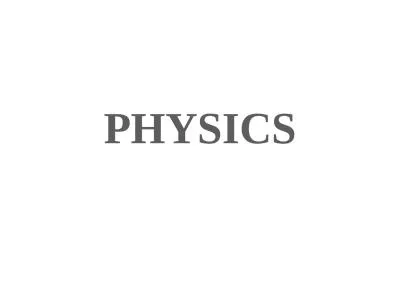PPT-Yasser Alhazzani Mohammad khan
Author : eleanor | Published Date : 2024-01-29
Zeyad alhozaimy HEADACHE Supervised by prof Jamal Jarallah Objective Definition and epidemiology Common types of headache Migraine Tension headache Cluster headache
Presentation Embed Code
Download Presentation
Download Presentation The PPT/PDF document "Yasser Alhazzani Mohammad khan" is the property of its rightful owner. Permission is granted to download and print the materials on this website for personal, non-commercial use only, and to display it on your personal computer provided you do not modify the materials and that you retain all copyright notices contained in the materials. By downloading content from our website, you accept the terms of this agreement.
Yasser Alhazzani Mohammad khan: Transcript
Download Rules Of Document
"Yasser Alhazzani Mohammad khan"The content belongs to its owner. You may download and print it for personal use, without modification, and keep all copyright notices. By downloading, you agree to these terms.
Related Documents

